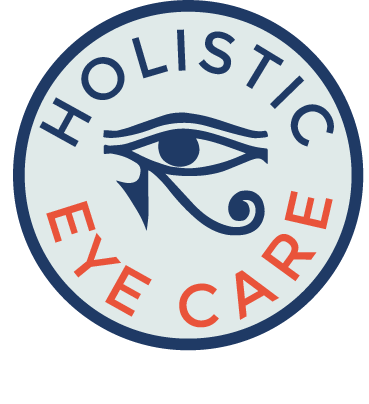Children and Vision
Children and Vision
Even children with “perfect eyesight” often suffer from vision problems that affect their ability to learn and cause them to fail in school.
A case in point: Jennifer is failing in school. She seems bright yet her grades don’t reflect it. As hard as she tries she is unable to do well. Her teacher suspects a vision problem. Jennifer goes to the eye doctor who finds her sight to be 20/20. Jennifer is failing in school. She seems bright yet her grades don’t reflect it. As hard as she tries she is unable to do well.
By classic visual standards, Jennifer did pass her vision test. However, being able to see 20/20 does not necessarily mean that one has adequate vision. To fully assess a patient’s visual capabilities, it is necessary to test all areas of visual capacity.
The following is a checklist that can be used to help determine if a child is suffering from an undetected visual problem:
Appearance of Eyes
One eye turns in or out at any time
Reddened eyes or lids
Eyes tear excessively
Encrusted eyelids
Complaints: When Using Eyes At Desk
Headaches in forehead or temples
Burning or itching when not reading
Nausea or dizziness
Print blurs after reading for a short period of time
Behavioral Signs: Eye Movement Abilities
Head turns as reads across page
Loses place often during reading
Displays short attention span in reading or copying
Too frequently omits words
Repeatedly omits “small” words, Writes up or downhill on paper
Rereads or skips lines unknowingly
Orients drawings poorly on page
Eye Teaming Abilities: Binocularity
Complains of seeing double
Repeats letters within words
Omits letters, numbers, or phrases
Misaligns digits in number columns
Squints, closes, or covers one eye
Tilts head excessively while working at desk
Consistently shows gross postural deviations at all desk activities
Refractive Status: Nearsighted, Farsighted, Focusing Problems
Comprehension reduces as reading continues; loses interest too quickly
Mispronounces similar words as continues reading
Blinks excessively at desk tasks and/or reading, not elsewhere
Holds book too closely, face too close to desk surface
Avoids all possible near-centered tasks
Complains of discomfort in tasks that demand visual interpretation
Closes or covers one eye while reading or doing desk work
Makes errors in copying from chalkboards to paper on desk
Makes errors in copying from reference book to notebook
Squints to see chalkboard or requests to move nearer
Rubs eyes during or after short periods of visual activity
Fatigues easily; blinks to make chalkboard clear up after desk task
Visual Form Perception: Visual Comparison and Visualization
Mistakes words with same or similar beginnings
Fails to recognize the same word in next sentence
Reverses letters and/or words in writing and copying
Confuses likeness and minor differences
Repeatedly confuses similar beginnings and endings of words
Fails to visualize what is read whether silently or orally
Whispers to self for reinforcement while reading silently
Returns to “drawing with fingers” to decide likes and differences
Visual problems can prevent children from comfortably reading and from realizing their full potential.
It is very common for a child to have a visual problem that can go undiagnosed or undetected. Visual acuity (how clearly a patient sees) is only one measure of visual
well-being. Dr Wintrob is uniquely qualified to work with children.

